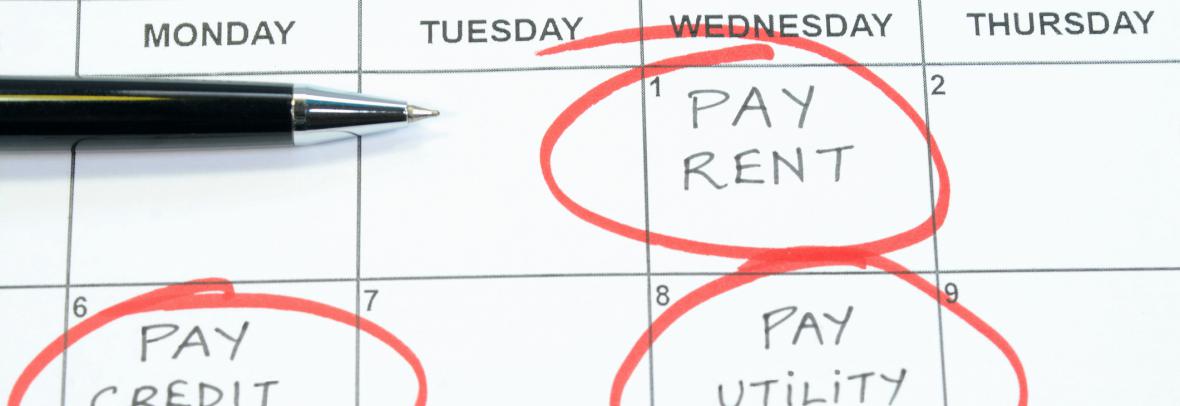
4 Fla. counties made the top 25 for increased risk of landlord default, mostly due to an eviction ban that made it harder for some owners to pay the property’s mortgage.
IRVINE, Calif. – A RealtyTrac analysis finds that single-family rental property owners face an above-average risk of default in 48% of all U.S. counties, and four Florida counties – Collier, Lee, Polk and Marion – made RealtyTrac’s top 10 list for risk of landlord default.
The RealtyTrac Rental Property Risk Report gauges the relative default risk of single-family rental homes, almost 90% of which are owned by mom-and-pop investors who own fewer than 10 properties.
The higher default risk is tied to the COVID-19 pandemic – the resulting job losses and government-imposed eviction ban that reduced on-time rental payments. For property owners paying a mortgage, the loss of all or part of their monthly rental income increased the risk of default.
In RealtyTrac’s index, the average risk score among the country’s 3,143 counties is 50.2, with 1,514 (48%) at above-average risk. In the 100 largest U.S. counties (based on the total number of properties), the average risk score is 43.6, with 53% at above-average risk.
Counties in Florida, New York and California counties accounted for 44% of the 25 most at-risk counties. Florida (Collier, Lee, Polk, and Marion) and New York (Erie, Kings, Monroe, and New York Counties) each had four counties in the top 25 ranking, and California (Kern, Riverside, and San Bernardino) had three.
“The job losses in a handful of severely impacted industries due to the COVID-19 recession have disproportionately affected renters,” says Rick Sharga, RealtyTrac executive vice president. “Federal, state, and local governments have responded by enacting eviction bans to protect tenants, but in doing so have inadvertently put many landlords at risk – and the longer the eviction bans are in place, the higher the likelihood that these landlords are going to default on their mortgages, declare bankruptcy, or be forced to sell off properties at distressed pricing, which could have a negative impact on local housing markets.”
Of the 100 largest counties, Mohave County in Arizona had the highest risk score at 77.2, due to a high percentage of rental properties (79%) and a higher-than-average unemployment rate (8.7%). Salt Lake County in Utah had the lowest risk score at 17.2, reflecting the county’s relatively low percentage of single-family rental homes, low LTV ratios and low unemployment rate.
“While it’s completely appropriate that the government has taken steps to protect tenants from eviction during a global pandemic, it’s also completely unrealistic to assume that landlords can bear 100% of the financial burden of missed rent payments,” Sharga says.
“There’s a misperception that most landlords are corporations or institutional investors,” he adds. “The fact is that almost 90% of single-family rental landlords are smaller investors who own fewer than 10 properties, are often highly leveraged, and simply don’t have the financial strength to weather this storm. And financial failure by these investors has implications for both their tenants and the communities where their rental properties are located.”
© 2021 Florida Realtors®
Go to Source
Author: kerrys



